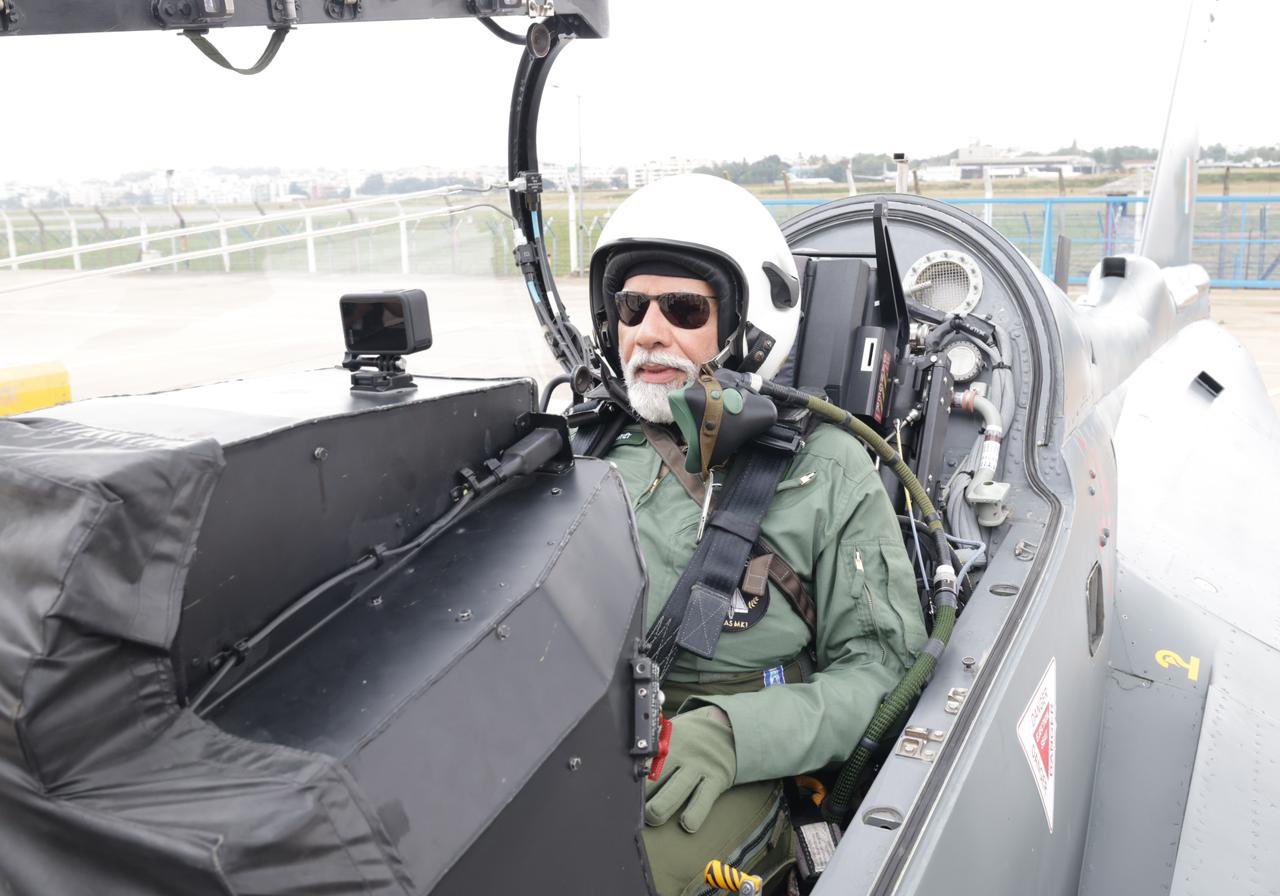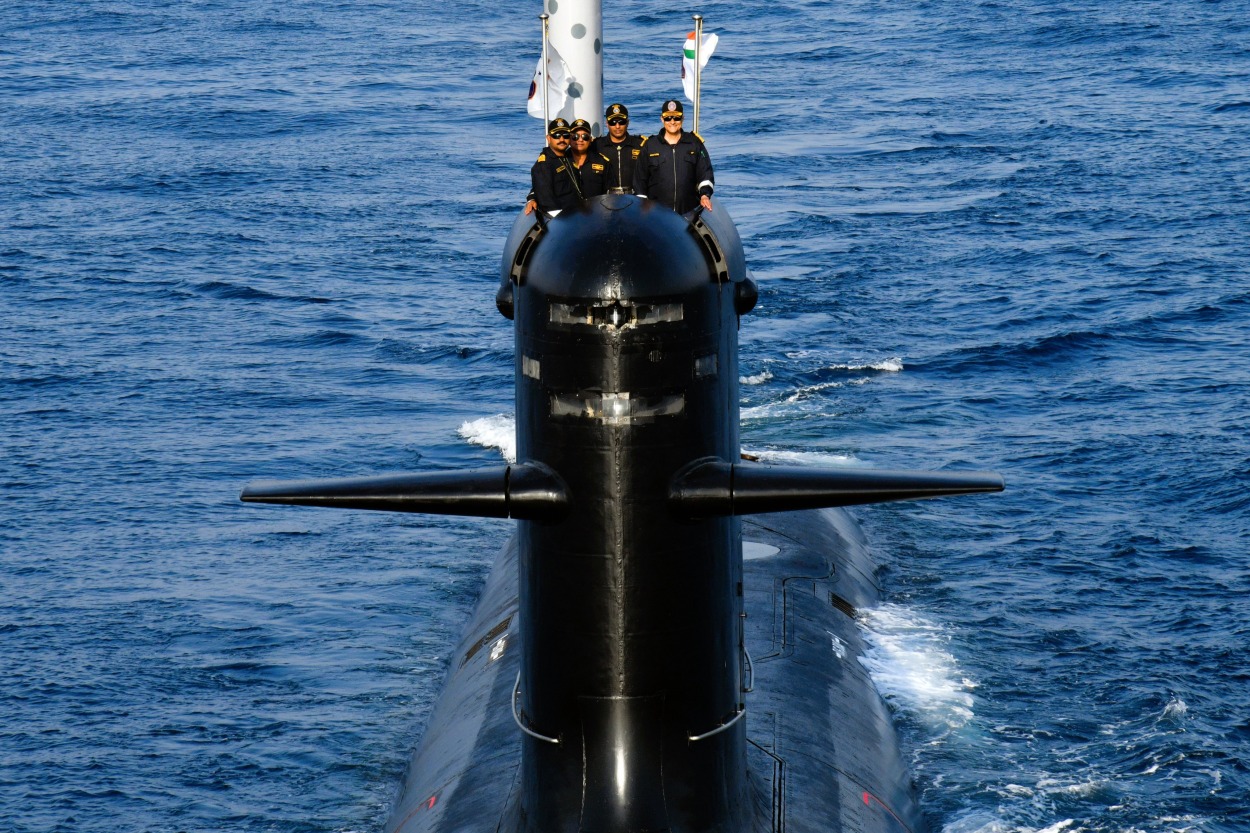India has overtaken Saudi Arabia to become the fourth largest military spender, the top three being the United States ($916 billion), China ($296 billion), and Russia ($109 billion), according to the latest survey released by the Swedish think tank, the Stockholm International Peace Research Institute (SIPRI).
But is India spending enough on its defense, given the deteriorating strategic environment it is confronted with? If India’s military veterans and analysts are to be believed, the answer is a big “No.”
In a report released on April 22, SIPRI said that India was the fourth largest spender globally, with military expenditures of $83.6 billion in 2023. Indian spending was up by 4.2 percent from 2022 and 44 percent from 2014.
The increase in India’s military spending was mainly due to growing personnel and operations costs, which made up almost 80 percent of the total military budget in 2023. This aligned with the government’s priority to strengthen the armed forces’ operational readiness amid ongoing tensions with China and Pakistan.
However, it is important to note that capital outlays to fund military procurement in India remained relatively stable, at around 22 percent of the budget in 2023.
Equally important to note from the SIPRI report is that 75 percent of these outlays went towards equipment produced domestically, the highest level ever and up from 68 percent in the previous year. The report said that the continued shift towards domestic procurement reflects India’s goal of becoming self-reliant in arms development and production.
In other words, India is spending more and more on procuring Made-In-India arms. As Indian defense minister Rajnath Singh said the other day, (India sets an annual defense production target of Rs 3 lakh crore ($36B) and defense exports worth Rs 50,000 crore or $6B by 2028-29, defense production in India has crossed the Rs one lakh crore ($12B) mark in the year 2023-24.
However, given India’s strategic environment, the country is arguably spending the least compared to the world’s other major powers. As the SIPRI report says, most of India’s military budget goes towards meeting the hefty increase in manpower, both serving and retired (pensions).
The interim defense budget that Finance Minister Nirmala Sitharaman presented on February 1 for FY 2024-’25 is not really that inspiring for military veterans and analysts.
Of the total allocation of INR 47, 65,768 crore (approx. $574 billion), she earmarked INR6 21,541 crore (US$74.8 billion) for the Ministry of Defence (MoD).
It represented an increase of 4.7 percent over the previous allocations. However, as Amit Cowshish, a former financial advisor (Acquisition) at the Ministry of Defence, says, this rise is the lowest in the last ten years, except for FY 2020-21, when it was a mere 1.45 percent.
In contrast, the defense budget was hiked by 13.02 percent last year (which the SIPRI seems to have noted).
The allocation proposed in the interim budget accounts for 13.05 percent of total Central Government Expenditure (CGE) and 1.9 percent of the estimated nominal Gross Domestic Product (GDP) of FY ’25.
“If it’s any consolation, these percentages are in keeping with the corresponding figures of 13.18 percent and 1.97 percent, respectively, for the current FY 2023-24, which ends on March 31. Technically, the proposed outlay could be increased in the regular budget, which will be presented after the constitution of the 18th Lok Sabha, but it seems unlikely”, Cowshish says.
The fact remains that the gap between the funds demanded by the armed forces for revenue and capital expenditure and the budget allocated to them has been widening in India. It went up from ₹ 71,262 crore in 2014-15 to ₹ 1,12,137 crore in the FY 2018-19 before sliding down to ₹ 33,214 crore in 2023-24.
The armed forces’ capital budget, which caters to the acquisition of land, equipment, weapons systems, and other military capabilities, as well as the construction of infrastructure, has also been under strain. In FY 2015-16, for example, the gap between the requirement projected by the armed forces for capital expenditure and the amount allocated for the purpose was ₹ 16,646 crore, which increased to ₹ 63,328 crore in FY 2022-23.
Of course, in an attempt to expedite atmanirbhrata (self-reliance) in defense, the finance minister announced in the interim budget the launch of a new scheme for “strengthening deep-tech technologies for defense.” It has been decided to establish a “corpus of rupees one lakh crore…with fifty-year free loan.” The corpus, she elaborated, “will provide long-term financing and refinancing with long tenors and low or nil interest rates;” and “encourage the private sector to scale up research and innovation significantly in sunrise domains.”

It may be noted that in the Indian Defense sector, the Defence Research and Development Organisation (DRDO) has a near-monopoly on R&D within the industry, barring a few public sector entities.
But, the paucity of funds has affected it. Its share in the total defense budget increased from 4.49% in the FY 2004-05 to 7.74% in the FY 2013-14 but subsequently declined from 5.36 percent in the FY 2014-15 to 3.84 percent in the FY ’25.
This decline was expected to be made up by private sector investment in defence R&D but no credible data is available to indicate if the expectation has been vindicated.
“The share of defense R&D in the total defense budget is too low to produce spectacular results’, argues Cowshish.
Interestingly, while the SIPRI report says India’s military spending was about 2.4 percent of its GDP in 2023, Indian analysts disagree. According to them, it is 1.9 percent of the GDP and 13 percent of Central Government Expenditure (CGE). What is further worrisome is that this figure as a percentage of India’s GDP is said to have declined over the years instead of going up.
In contrast, the corresponding figure in the U.S. is 3.4 percent. In China, it is 1.7 percent, and in Russia, it is 5.9 percent. Eleven of the 31 countries of NATO now spend 2 percent of their respective GDPs on the military. In Asia, Japan spends 1.2 percent of its GDP on the military, while South Korea spends 2.8 percent.

Here, it is also to be noted that the GDPs of the U.S., China, and Japan are significantly higher than that of India, thereby meaning that India’s military expenditure is much less in concrete terms of dollars.
That explains why veterans, experts, and many Indian lawmakers (Members of Parliament) have invariably demanded a hike in defense spending to at least 3 percent of GDP.
And they do have a point. As the SIPRI report’s senior author, Nan Tian, says, “The unprecedented rise in military spending is a direct response to the global deterioration in peace and security.”
For India, China’s increasing military activities in the Indo-Pacific in general and at the Line of Actual Control (LAC) of the contested border claims in particular, coupled with its deepening strategic and military relations with Pakistan, are always huge challenges.
If one adds here the ongoing wars between Russia and Ukraine (both sources of Indian military equipment) and the one between Israel and Hamas/Iran in the Middle East (which have huge implications for India in energy, commerce, trade, and foreign remittances), India needs a more robust military and a much bigger military budget than what SIPRI has revealed.
- Author and veteran journalist Prakash Nanda is Chairman of the Editorial Board – EurAsian Times and has commented on politics, foreign policy, and strategic affairs for nearly three decades. A former National Fellow of the Indian Council for Historical Research and recipient of the Seoul Peace Prize Scholarship, he is also a Distinguished Fellow at the Institute of Peace and Conflict Studies.
- CONTACT: prakash.nanda (at) hotmail.com
- Follow EurAsian Times on Google News




